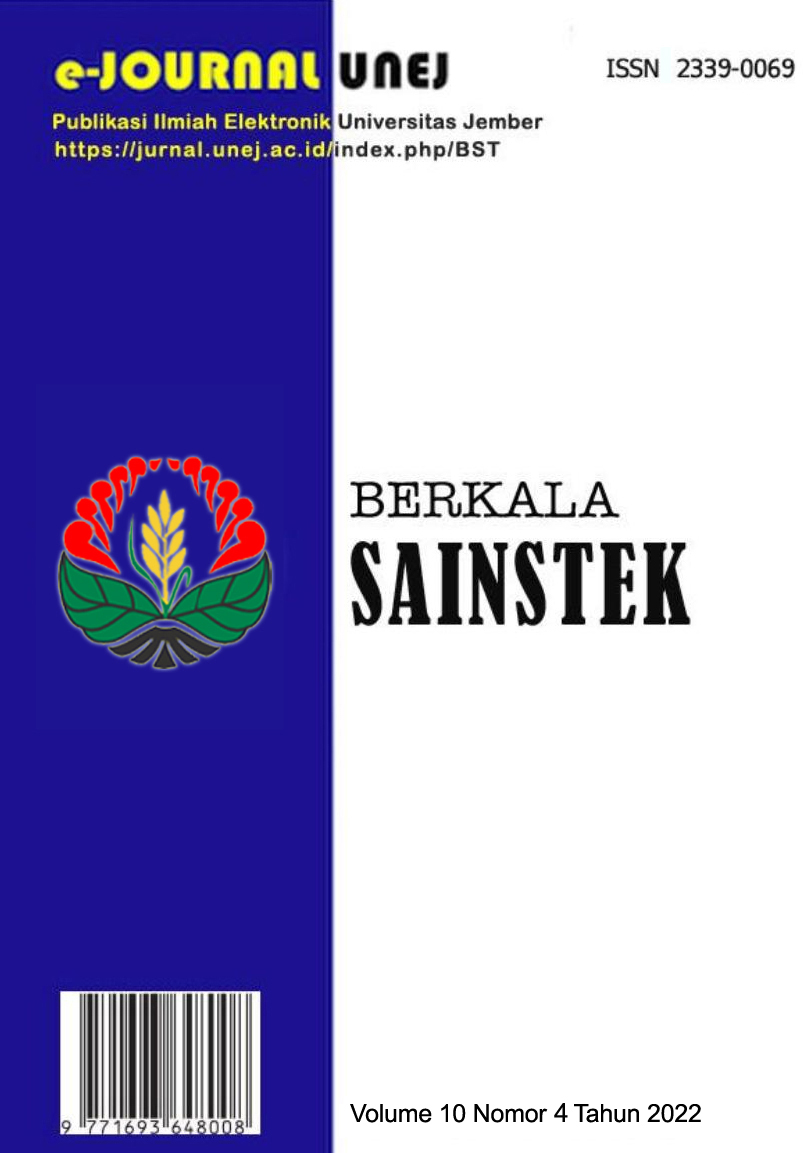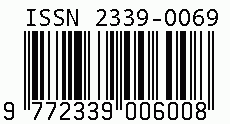Performance of Ceramic Membrane Modified with Corncob Activated Carbon for Efficient Remazol Red Removal in Batik Wastewater
DOI:
https://doi.org/10.19184/bst.v10i4.34941Keywords:
Ceramic membrane, Corncob, Activated carbon, Remazol red, Batik wastewaterAbstract
A ceramic membrane modified with corncob activated carbon (CMCC) has been successfully prepared and used to reduce the concentration of remazol red in batik wastewater. This research aims to study the effect of corncob activated carbon (CC) in the ceramic membrane on the porosity of the ceramic membrane and its ability to reduce the concentration of remazol red dye in batik wastewater. The variation of % CC to the mass of clay used was 0%, 5%, 10%, 15%, 20%, and 25%. Characterization of CC includes ash content and characterization of CMCC includes porosity test, morphological analysis, and elemental distribution based on SEM-EDX. The results showed that the ash content of CC before and after activation was 5.625% and 2.974%, respectively. The CMCC porosity test results showed that the more CC added, the greater the porosity of the ceramic membrane. The elemental composition in CMCC is dominated by O, Si, Al and C. The addition of 10% CC obtained the optimum composition on a ceramic membrane. % removal of remazol red is 83.9%. The COD values of batik wastewater before and after processing with CMCC were 484.286 and 26,339 mg/L, respectively.





